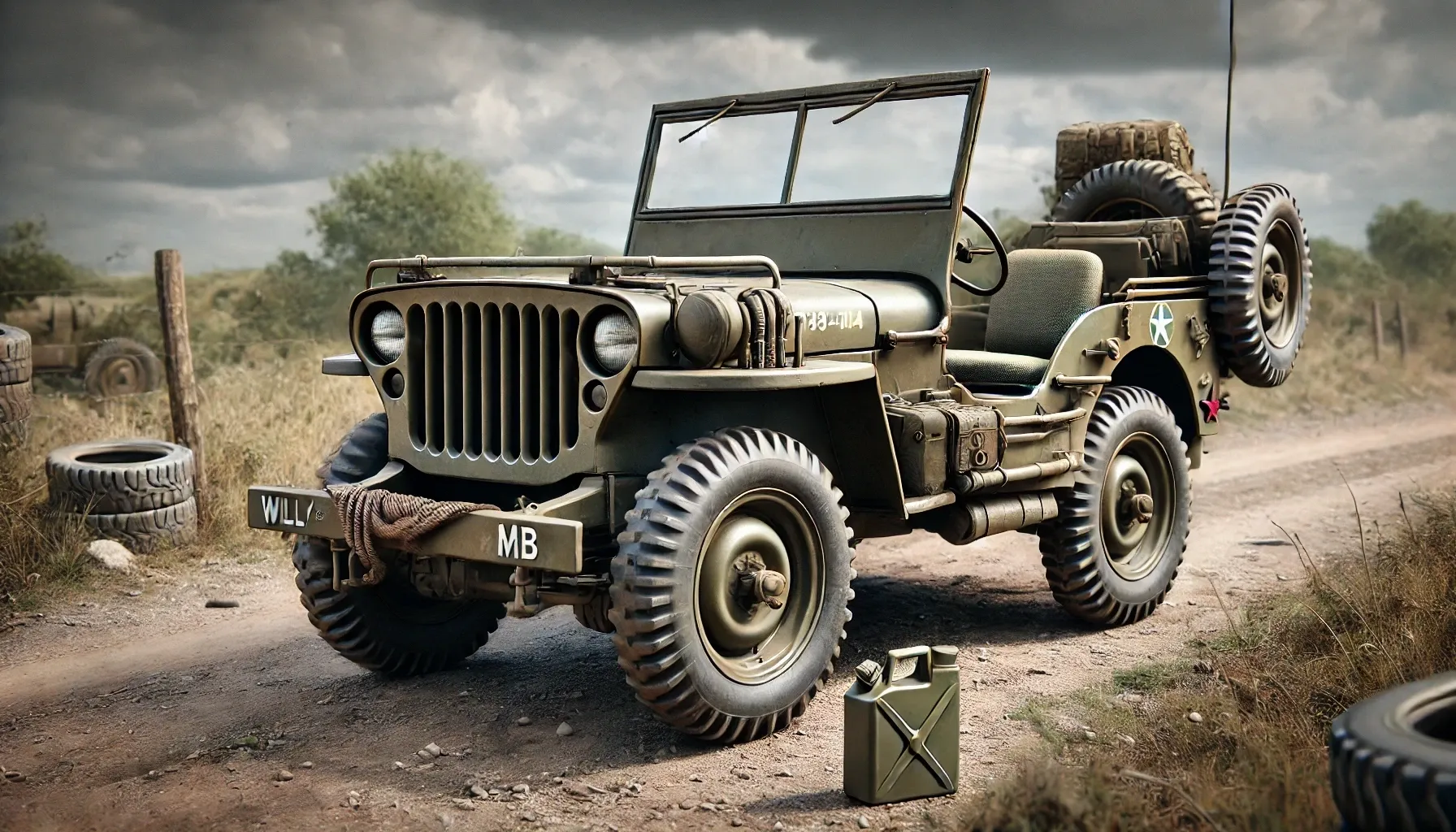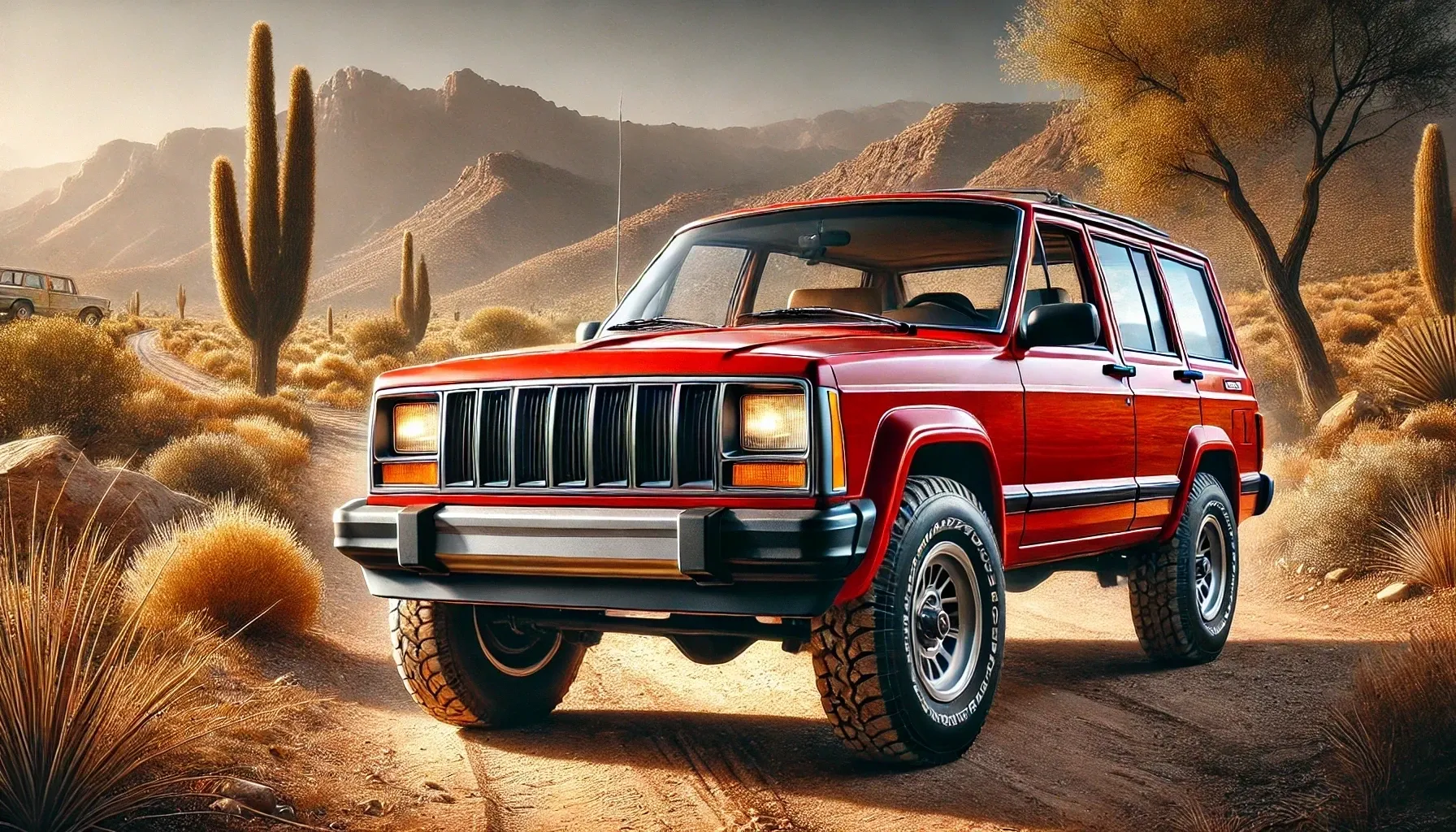
Date Published
Modern Adventurers: Jeep's Evolution Through the Decades
For over eight decades, Jeep has remained synonymous with ruggedness, dependability, and a go-anywhere spirit. What began as a military workhorse evolved into an emblem of off-road freedom cherished by outdoor enthusiasts and urban drivers alike. Throughout the decades, Jeep has continually adapted its vehicles to stay aligned with modern expectations, all while preserving the core DNA of adventure. Below is a closer look at Jeep's storied timeline and how each milestone shaped the brand we know today.
From its inception, Jeep was designed to tackle the harshest environments. At the height of World War II, the U.S. military needed a light reconnaissance vehicle capable of traversing rough terrain, carrying soldiers, and performing countless duties in the field. In 1941, the Willys MB answered that call. Its small, boxy frame, large wheels, and four-wheel drive quickly made it indispensable. Nicknamed the "GP" (for "General Purpose") and eventually just "Jeep," the MB became a legendary symbol of durability and versatility, transporting troops, supplies, and equipment across continents.

After the war, the returning GIs wanted a vehicle that could replicate the sense of freedom they experienced on the battlefield. Willys seized this momentum and introduced the CJ (Civilian Jeep) series in 1945. With its open-air styling, removable doors, and a short wheelbase perfect for off-roading, the CJ was an invitation to embark on new peacetime adventures. It quickly became popular among farmers, ranchers, and anyone craving the freedom of traversing untamed paths. Over the next decades, the CJ line evolved with small tweaks to design and technology but always retained the iconic grille and adventurous spirit that set it apart.
The 1980s heralded a shifting automotive landscape, and Jeep responded with innovative designs that appealed to a wider audience. The introduction of the XJ Cherokee in 1984 was a pivotal moment, blending the utility and off-road capability Jeep was known for with a more comfortable, family-friendly ride. As one of the earliest compact SUVs, the Cherokee attracted a new segment of customers who wanted off-road prowess without sacrificing everyday drivability. This new wave of Jeep owners found that the Cherokee could tackle weekend camping trips just as easily as it handled suburban errands.

Jeep continued to modernize its offerings in the 1990s. The first-generation ZJ Grand Cherokee, introduced in 1992, aimed to elevate comfort and style without losing its robust four-wheel-drive heritage. Its sleek body lines and improved suspension made it an immediate hit, appealing to an upscale market that yearned for luxury paired with genuine off-road functionality. This era underscored Jeep's philosophy of catering to both dedicated adventure-seekers and families looking for a reliable, versatile vehicle. Jeep also gave its iconic Wrangler a more refined makeover, introducing better ride quality and interior amenities while retaining its open-air design and unmistakable seven-slot grille.
By the early 2000s, Jeep's commitment to variety and innovation was clearer than ever. Models like the Liberty, Renegade, and Compass allowed Jeep to diversify its lineup to suit different lifestyles and price points. While the Liberty carried forward some of the Cherokee's enduring DNA, the Renegade and Compass were designed for drivers who desired the Jeep brand experience in a more compact form. They proved particularly appealing to urban explorers who wanted a vehicle that could squeeze into tight city parking spots and still deliver fun weekend getaways off the beaten path.
The latest chapter in Jeep's evolution sees a focus on sustainability, safety, and cutting-edge technology. Contemporary models such as the Wrangler 4xe plug-in hybrid blend Jeep's iconic off-road prowess with eco-friendly drivetrains. Meanwhile, driver-assist features, touchscreen infotainment systems, and refined interiors bring modern conveniences to this traditionally rugged brand. In addition, Jeep's electric concept vehicles and plans for all-electric SUVs demonstrate the brand's ambition to lead the way into a cleaner automotive future without compromising the adventurous soul that earned its worldwide acclaim.

What began as a battle-tested war machine is today a sophisticated icon of adventure. From the CJ series and the Cherokee's debut to the rise of the Grand Cherokee and the dawn of electric Jeeps, each decade has witnessed Jeep adapt to the evolving demands of drivers while maintaining its core identity. It's not just a car brand—Jeep is a community of modern adventurers continually embracing change but never straying from its off-road roots. As the automotive landscape veers toward electrification and advanced technology, Jeep remains poised to steer its iconic 4x4 heritage into new territory. If its past innovations are any clue, the road ahead promises even more trailblazing milestones for this beloved pioneer.
Related Articles
Trailblazers: How Jeep Pioneered the Off-Road Lifestyle
Discover how Jeep transformed from a military vehicle into the vehicle that defined and popularized the off-road lifestyle and adventure culture.
From Battlefield to Backcountry: The Origins of the Jeep Legacy
The remarkable story of how a WWII military vehicle became an American icon and the foundation of adventure culture worldwide.